Android Tablets vs. iPads: Which Is Better for Productivity in 2024?-When it comes to tablets, the battle between Android tablets and Apple’s iPads has been ongoing for years. Both offer powerful features, sleek designs, and tons of productivity tools, but which one is better for getting work done in 2024? Whether you’re a student, a freelancer, or a business professional, your choice of tablet can have a significant impact on your workflow and productivity.
In this article, we’ll dive into the key factors that make Android tablets and iPads stand out in terms of productivity. From software ecosystems to hardware performance, let’s compare the two to help you decide which is the best option for you in 2024.
1. Software Ecosystem: Android vs. iPadOS
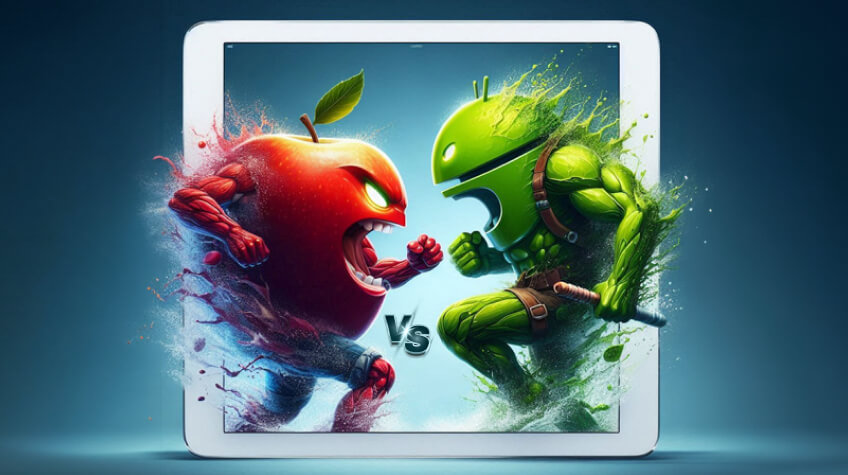
One of the biggest differences between Android tablets and iPads is the operating system. Android tablets run on Android, an open-source OS that offers flexibility, while iPads run on iPadOS, Apple’s more controlled and streamlined operating system.
Android Tablets – Flexibility and Customization
Android tablets are known for their high level of customization. Users can choose from a wide range of apps on the Google Play Store and customize the interface with widgets, themes, and launchers. This flexibility can be a big advantage for those who want to tweak their devices to fit their unique needs.
However, the open nature of Android means that updates may vary depending on the manufacturer, and some features may not be as polished or optimized across all devices. That said, many Android tablets (like Samsung’s Galaxy Tab S9 Ultra) offer solid performance and access to a variety of productivity apps, making them suitable for business tasks, project management, and content creation.
iPads – Seamless Integration and Optimized Performance
iPads run on iPadOS, which is designed to work flawlessly with Apple’s hardware. iPadOS offers a clean and efficient interface, optimized for multitasking with features like Split View and Slide Over. iPads also have a tighter integration with other Apple devices, such as Macs, iPhones, and Apple Watches, creating a seamless workflow for those already in the Apple ecosystem.
The App Store on iPad offers a curated selection of apps, often with more professional-level tools for productivity compared to Android. Apps like Microsoft Office, Adobe Creative Cloud, and Apple’s own Pages and Keynote apps are all optimized for iPadOS, ensuring smooth performance. Plus, iPads get regular, reliable updates, ensuring the latest features and security patches are available.
2. Hardware Performance: Which Tablet Packs More Punch?
Both Android tablets and iPads come with impressive hardware, but the type of processor, screen quality, and accessories offered can significantly affect productivity.
Android Tablets – Power with Variety
Android tablets come in a variety of sizes, form factors, and specifications, allowing users to choose a model that suits their needs. Higher-end models, like the Samsung Galaxy Tab S9 Ultra, come equipped with powerful processors (e.g., Snapdragon 8 Gen 2) and large, high-quality screens (up to 14.6 inches). This makes them capable of running demanding productivity apps, such as photo and video editing tools, as well as multitasking with multiple apps open simultaneously.
One of the best features of Android tablets is their flexibility when it comes to accessories. Many Android tablets support a wide variety of third-party keyboards, styluses, and docks. This means users can often find accessories that are more affordable or tailored to specific needs, whether you’re typing up documents, drawing, or taking notes.
iPads – Consistent Power and Premium Accessories
On the other hand, iPads are known for their premium hardware. The iPad Pro models, in particular, are powered by Apple’s M1 or M2 chips, which offer industry-leading performance. This level of power allows the iPad Pro to handle even the most demanding tasks, like 3D rendering, video editing, or multitasking with multiple heavy apps running simultaneously.
Apple’s accessories are also top-notch. The Apple Pencil (2nd generation) and Magic Keyboard are widely regarded as some of the best tools for productivity on any tablet. The iPad’s Liquid Retina display provides stunning visuals, and the ProMotion 120Hz refresh rate ensures smooth scrolling and responsiveness. If you’re looking for a tablet that doubles as a creative tool, the iPad Pro is hard to beat. (Read More: The Apple Watch Series 9 and Google Pixel Watch 2 Are on Sale)
3. Multitasking and Productivity Features
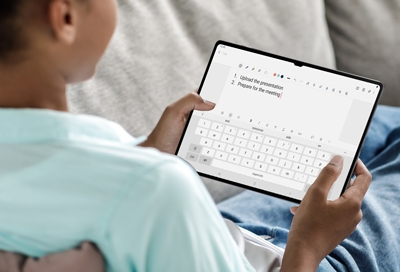
Multitasking and seamless productivity features can make or break your tablet experience. Whether you need to switch between apps, split the screen, or use a virtual desktop, having the right features can significantly enhance your efficiency.
Android Tablets – Flexible, but Not Always Perfect
Android tablets have made significant strides in multitasking capabilities, especially with devices running Android 13 and above. Features like split-screen and pop-up view allow users to multitask easily, making it simple to work on documents while referencing another app. However, Android’s multitasking features are often less refined than those on iPads, and performance can vary depending on the tablet’s specs.
Some Android tablets, like the Samsung Galaxy Tab S9 Ultra, come with a DeX mode, which transforms the tablet into a desktop-like experience with support for a mouse, keyboard, and multiple windows. This is great for productivity, but it’s not as polished or universally supported across all Android tablets.
iPads – Superior Multitasking with iPadOS
iPadOS is built with productivity in mind. Features like Split View, Slide Over, and Stage Manager allow users to run multiple apps side-by-side, drag and drop content between them, and even run desktop-level apps in full-screen mode. These features are optimized for the iPad, making multitasking smooth and intuitive.
The Apple Pencil also enhances productivity for tasks like note-taking, drawing, and annotating PDFs. If you’re in a creative field, the iPad Pro’s Procreate and Affinity Designer apps are top choices for digital art, while apps like Notability and GoodNotes are perfect for note-taking and document management. (Read More: The Best Tablet Bluetooth Keyboard Brands to Watch in 2024)
4. Battery Life: Long-Lasting Power for Work
Battery life is a key factor when considering any productivity device, and both Android tablets and iPads generally offer impressive longevity.
Android Tablets – Long Battery Life with Variability
Most Android tablets provide great battery life, with premium models offering up to 12-15 hours of use on a single charge. However, battery life can vary depending on the brand, model, and usage patterns. For example, the Samsung Galaxy Tab S9 Ultra offers excellent battery performance, even during intensive tasks like gaming or video editing.
iPads – Consistent and Reliable
iPads are known for their impressive battery life, with most models offering between 10-12 hours of use. Apple’s power-efficient chips, like the M2 in the iPad Pro, allow users to work all day without worrying about running out of juice. The ability to quickly charge via USB-C is another bonus for those on the go. (Read More: Top 10 Tablet Bluetooth Keyboards for Seamless Typing in 2024)
5. Price and Value: Which Tablet Offers More Bang for Your Buck?
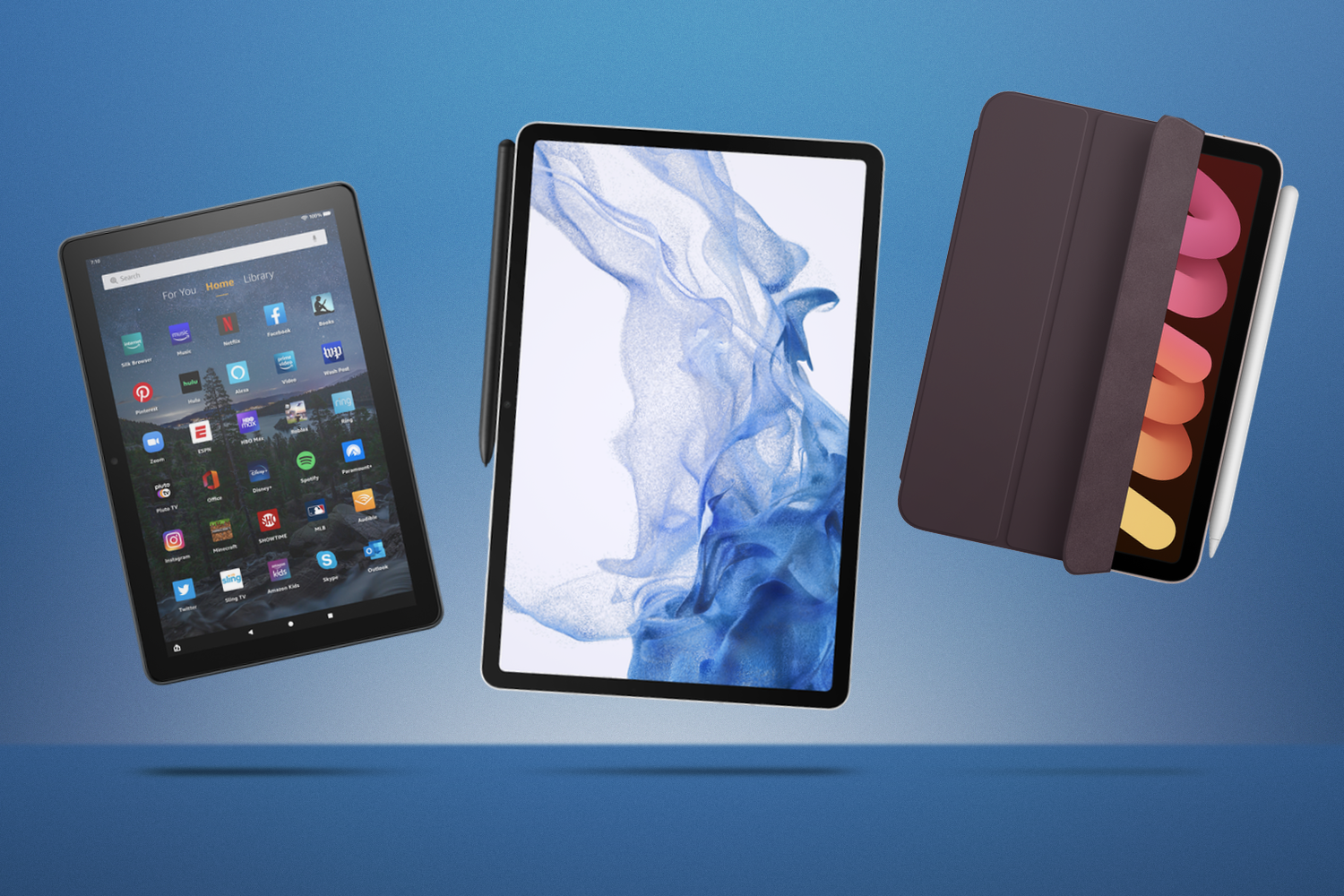
When it comes to pricing, there’s a significant difference between Android tablets and iPads.
Android Tablets – Great Value for Money
Android tablets typically offer better value for money, with a wide range of budget and mid-range options available. You can find solid productivity devices like the Lenovo Tab Extreme or the Xiaomi Pad 6 Pro without breaking the bank, making them a great choice for users who need a reliable tablet for work but don’t want to pay for premium features.
iPads – Premium Price for Premium Features
iPads are generally more expensive than Android tablets, especially the high-end iPad Pro models. While you’re paying a premium, the iPad comes with premium build quality, the best display technology, and optimized software that offers a seamless, polished experience. If budget isn’t a concern and you’re looking for a tablet that excels in both productivity and creative tasks, an iPad might be worth the investment.
Conclusion article Android Tablets vs. iPads: Which Is Better for Productivity in 2024?
In 2024, both Android tablets and iPads offer strong productivity features, but the best choice for you depends on your priorities.
- Android tablets are perfect for users who value customization, flexibility, and a wider range of affordable options. If you’re already using Android smartphones or looking for a device that offers more versatility in accessories and apps, Android tablets are an excellent choice.
- iPads, on the other hand, offer a more polished and optimized experience, particularly for users invested in the Apple ecosystem. With powerful hardware, an intuitive multitasking system, and seamless integration with other Apple devices, iPads are ideal for those looking for a premium productivity experience.
Ultimately, it’s about finding the right balance between features, performance, and price to suit your specific productivity needs.
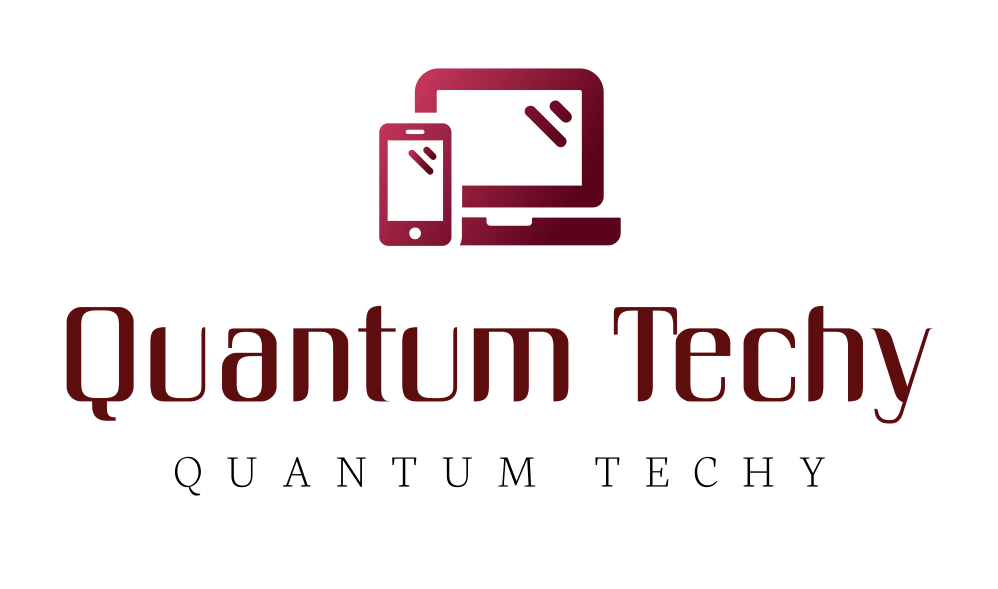


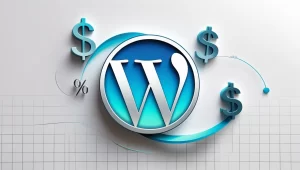
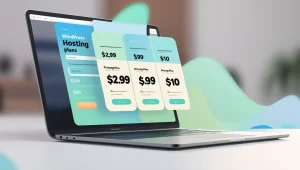
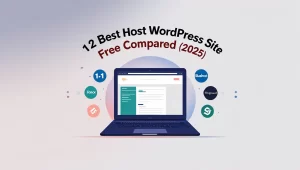
More Stories
10 Things All Hosting on VRBO Need To Know
Exploring the Best Artificial Intelligence Sites for Cutting-Edge Research
Camera Repair New York: Where to Fix Your DSLR, Mirrorless, and Film Cameras